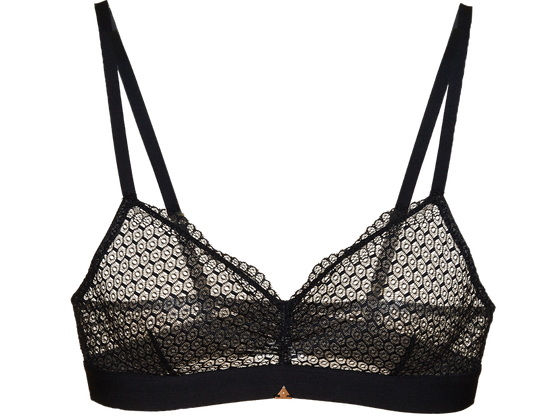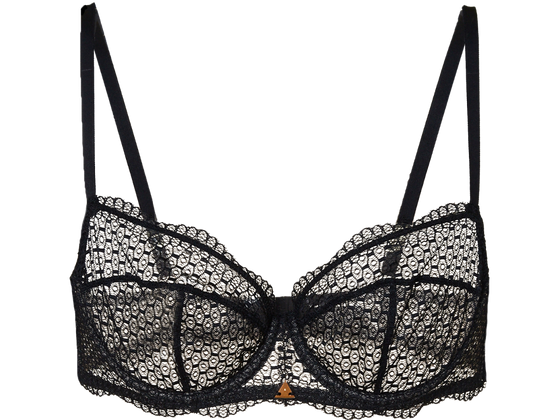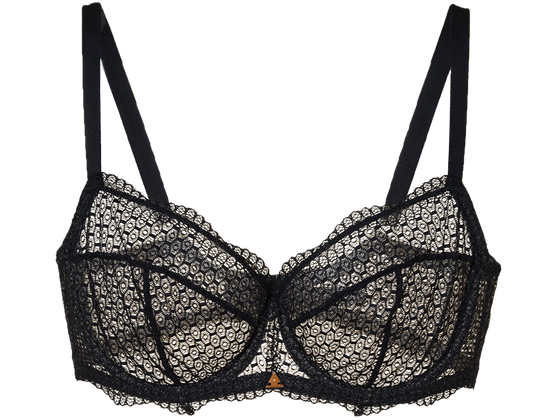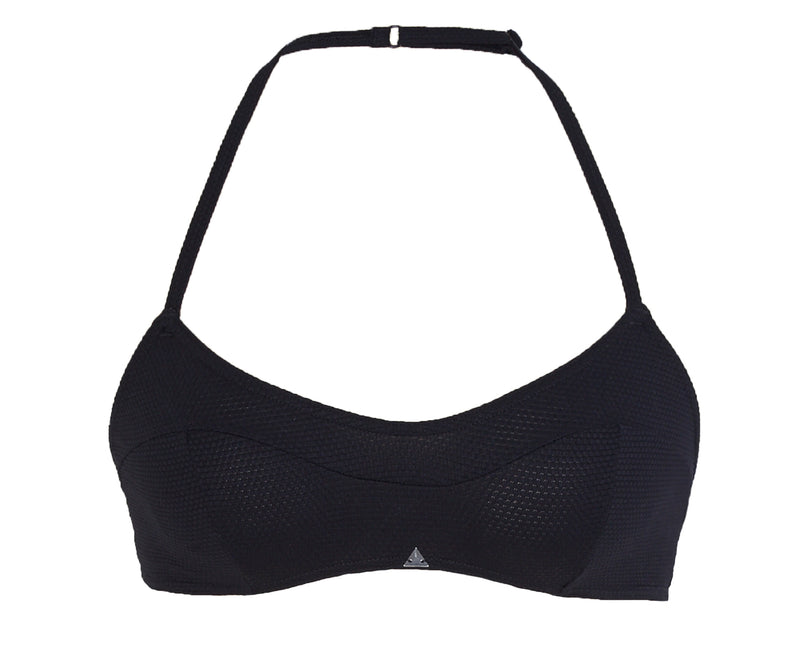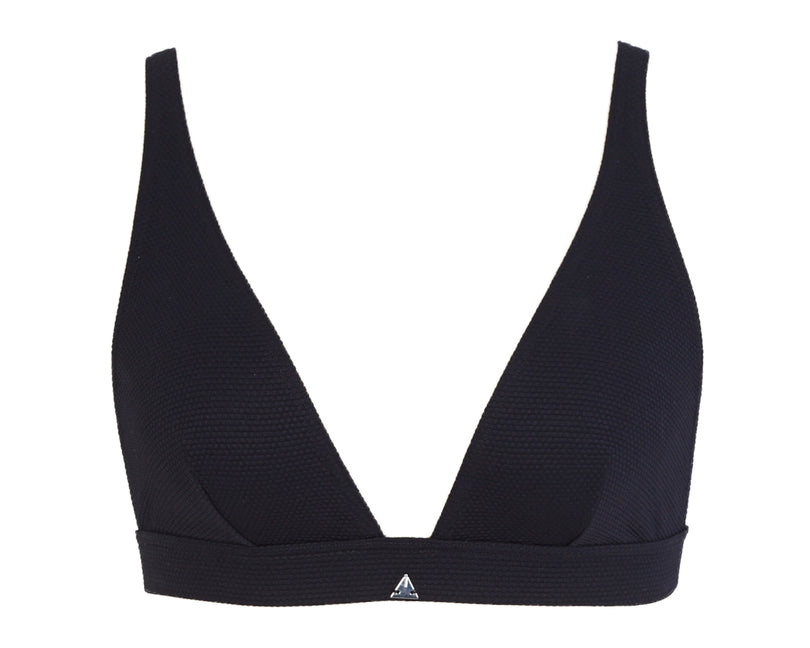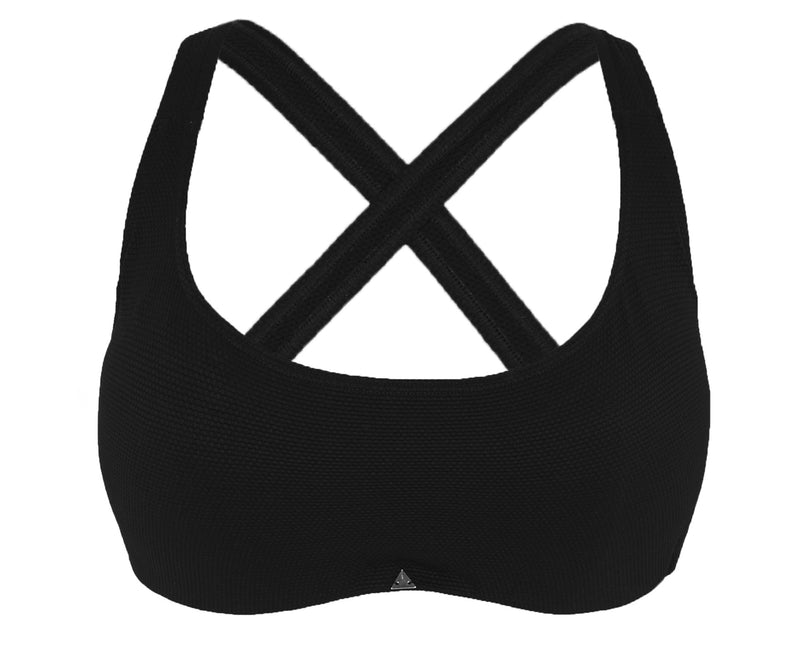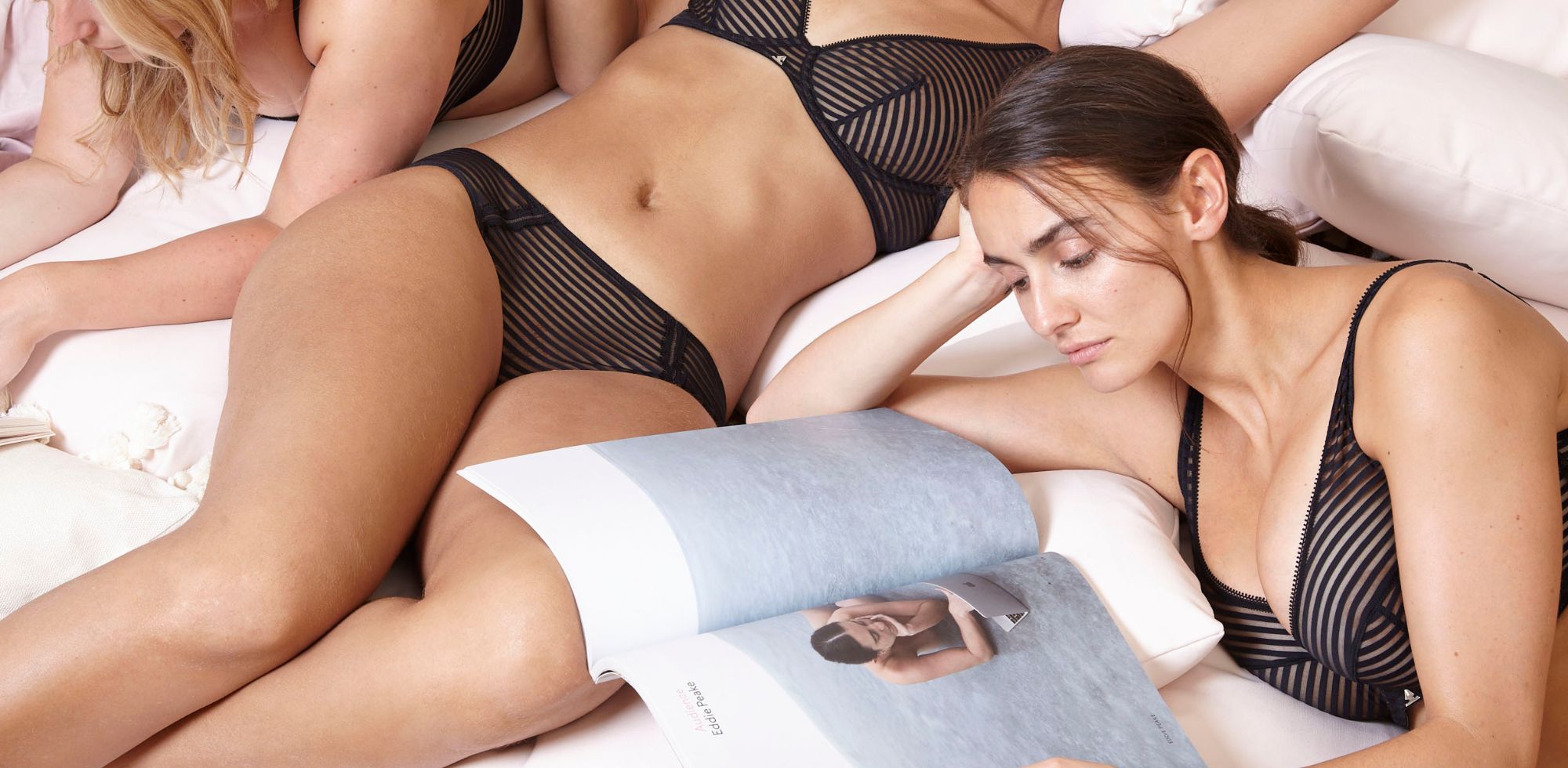Being in the lingerie business, at Beija we are captivated by every aspect of bras. From designing and making beautiful undergarments that empower the modern woman, to constantly innovating and experimenting with new styles, patterns and designs, our interest in bras only grows as time goes on. Although we’re used to wearing bras now on a daily basis, we sometimes forget that it wasn’t always that way!
An important part of improving our ideas as a brand is to look back at previous designs and see how the bra has evolved over time. The topic is also just plain fascinating! In fact, the history of the bra is also intertwined with the social history of women, including the evolution of fashion as a whole and even changing how the female body is viewed. So today, we’re going to cast our minds back and take a look at the history of the bra. Although we cannot cover every single design (partly because the history is so varied and has many twists) we will try to look at some historical highlights. But before we get started, what do we mean when we say bra?
Throughout history, women have used a variety of garments to cover, support, restrain or otherwise modify the appearance of their breasts. The most ancient ‘bras’ are likely a far cry from the carefully crafted lingerie of today, so we’ll use bra to refer to garments as described above. From the invention of the first bra to the styles we see today, here is the evolution of the bra!
Ancient Bras (1600 BC)
Although mostly literary rather than visual, there is some evidence suggesting that a specialised garment designed to support women’s breasts dates all the way back to Ancient Greece. A poem written in the archaic period of Classical Antiquity in Book 14 of Homer’s lliad refers to Aphrodite’s “embroidered girdle” as being “loosed from her breasts".
This may be a reference to a decorated breast-band rather than a belt or girdle (which is the usual interpretation). There is more evidence to support this in the form of late-Hellenic sculptures, one of which depicts the goddess Aphrodite wrapping a stróphion (twisted band) around her chest. The stróphion also finds itself mentioned in Aristophanes’ plays ‘Women at the Thesmophoria’ and ‘Lysistrata’.
To continue, an original Hellenistic marble statuette of Aphrodite was also found in Pompeii, where she appears to be wearing a gold garment which resembles a bikini. Finally, there is also a faience figurine from ancient Crete of the Snake Goddess. On this figurine, you can see the Goddess’ breasts being supported by a garment which looks much like a fitted corset.
Corsets (1500-1900)
Speaking of corsets, although not exactly a ‘bra’ per se, the corset has been an indispensable supportive undergarment for women in Europe for several centuries. Depending on era and geographical location, the corset has been known by several names, including ‘stays’ and a ‘pair of bodies’. As mentioned above, the earliest known representation of a possible corset is from the Minoan Snake Goddess which was made circa 1600 BC.
Following this however, corsets became popular in 16th century Europe, reaching their peak popularity in the Victorian era. For the majority of the 16th and 17th centuries, corsets were known in English as ‘stays’ or ‘bodies’. These garments were worn either as under or outer wear.
Early corsets were typically made from layered fabrics such as linen and silk which were stiffened with starch. These were not tightly laced as at the time, as it was impossible to do so without damaging such an expensive garment. Over the course of the 16th century, corsets gradually began to transition into using a long, flat piece of whalebone or wood called a ‘busk’, which was sewn into a casing on the corset to maintain a stiff shape.
In the 1700s, the primary purpose of the corset was to raise and shape the breasts. They were designed to tighten the midriff – supporting the back and improving posture to help women stand straight. By the 1830s, steel stays started to replace the original whalebone design.
The Beginning of Modern Bra Designs (1910)
In 1910, a woman named Mary Phelps Jacob – who was known in later life as Caresse Crosby – developed a bra that is more similar to what we’re used to seeing today. In 1910, Mary was a 19 year old New York socialite, who bought a sheer evening gown to attend a ball. At the time, the traditional corset stiffened with a whalebone (that we mentioned above) was the only acceptable undergarment in society.
However, Mary was not satisfied with this arrangement as she had large breasts and found that the whalebone visibly poked out. Therefore, she worked with her maid to create a bra out of two silk handkerchiefs, some ribbon and some cord. That evening, her innovation attracted immediate attention and she made more of these ‘devices’ at the request of friends and family.
She realised that her invention could be a viable business model when a stranger offered her a dollar for her efforts. In November of 1914, the US Patent Office issued the first US patent for the “Backless Bra”. This was Mary’s invention which was a soft and lightweight garment, making it more comfortable to wear. Contrary to the corset which was stiff, heavy and uncomfortable, Mary’s bra naturally separated the breasts.
The Bullet Bra (1950)
Another interesting evolutionary step for the bra – with a somewhat quirky design – came in the form of the bullet bra. After the second world war, new kinds of material became increasingly available and there was also an overall increase in production and marketing.
This created demand for a greater variety of various consumer goods, which of course included bras. In addition, the baby boom (the period in which there was a significant increase in the birth rate) also created more demand for bras specifically designed for nursing and maternity.
Furthermore, television also provided many new promotional opportunities, with Hollywood fashion and glamour influencing women’s choices more than ever. Manufacturers responded with new innovations across many bra characteristics such as colours, fabrics, padding and elasticity.
During this period the popularity of bras really took off, with actresses like Marilyn Monroe and Patti Page popularising the bullet bra, a cone-shaped spiral-stitched garment. The design of the bullet bra enabled women to add an entire cup size to their bust!
Beija (2016)
Last but certainly not least, the final mention in the evolution of the bra brings us to the present day – and to Beija! Although the bra may have started as a simple garment to restrain the breasts and evolved to be more of a visual statement, today bras are so much more! At Beija, we believe that every woman should be able to look and feel beautiful in their underwear, regardless of their shape, size or appearance. That is why we see fashion and our stunning range as a way to empower other women. Using the latest innovations and designs, our bras are made for every purpose – from providing more support to being non-padded with soft boning at the side seam.
At Beija, we believe that every woman should be able to look and feel beautiful in their underwear, regardless of their shape, size or appearance. That is why we see fashion and our stunning range as a way to empower other women. Using the latest innovations and designs, our bras are made for every purpose – from providing more support to being non-padded with soft boning at the side seam.
Whether your breasts are on the smaller side, average or you have a particularly large bust, our specially designed X, Y and Z ranges have what you need. If you’re looking for extra support, lightweight lingerie or beautiful swimwear, we have something for every woman and every need. Why not join us for a bra fitting at our flagship store in Coal Drops Yard, based a short walk from Kings Cross St Pancras station? We look forward to seeing you!
Read more here: Luxury lingerie Stories; the history of the bra

